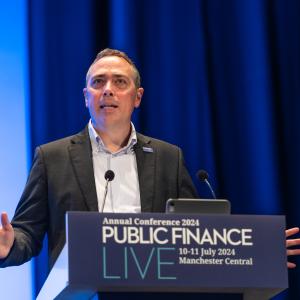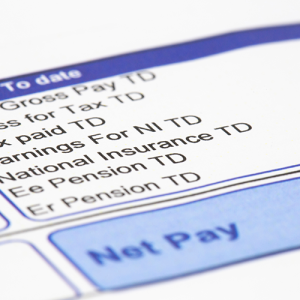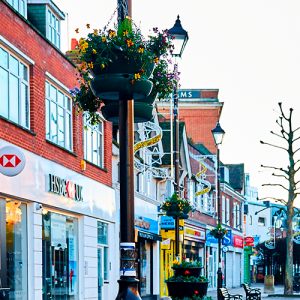10 February 2011
Ministers have announced that high street lenders are to contribute an additional £200m to the planned Big Society Bank – but on a ‘commercial basis’.
The bank, being set up to provide capital for community groups, will also be backed by £1bn of ‘dormant’ assets seized by the government. The new investment has been secured through Project Merlin – the government’s deal with Barclays, HSBC, Lloyds and Royal Bank of Scotland over lending and bonuses.
The Big Society Bank is expected to be up running later this year, but a definite start date has yet to be announced. Although initially expected in April, the venture is now expected to begin lending in the second half of 2011.
Chancellor George Osborne told Parliament yesterday that the new cash was part of ‘an additional £1.2bn contribution to society’ from the banks, including an extra £1bn for a Business Growth Fund to invest in small businesses.’
However, the wording of the Project Merlin agreement shows that banks will be capitalising the venture ‘on a commercial basis’, meaning they will be able to make a profit from their investment.
The move has been broadly welcomed by the charity sector. Ralph Michell, head of policy at the Association of Chief Executives of Voluntary Organisations, told Public Finance: ‘This is good news – it breathes life into the Big Society agenda.
‘Now we need to build on it with fundamental public service reform.’
Sir Stuart Etherington, chief executive of the National Council of Voluntary Organisations, added: ‘This is a good start, which demonstrates that the government is listening to the sector’s concerns about the challenges ahead.
‘Going forward, a clear timetable for the set-up of bank functions will help the sector to plan with confidence and give a steer on when funding is likely to become available.
‘The success of the Bank will also rely on securing sufficient additional private capital, above the amounts available from unclaimed assets, and on the levels of financial capability and investment readiness in the voluntary and community sector.’


















